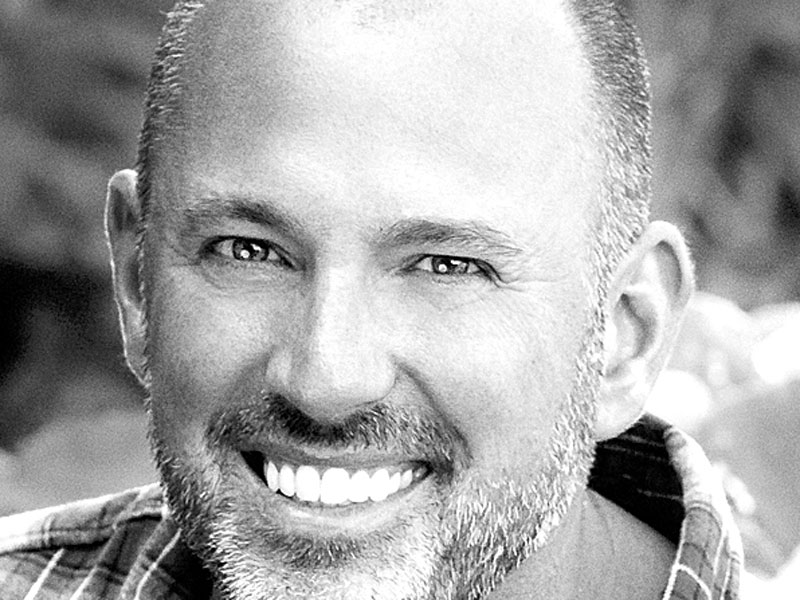Columnists
The Mill Pond project

A few years ago, I had the pleasure of bringing my friend and colleague Sean James into my garden club for a presentation on a wetland recovery project that he did in Guysborough. This project was for a Texan who married a Nova Scotia and agreed to call Canada home. They purchased a beautiful piece of land that had an original millpond in the space, which they were hoping to drain and turn into something more useable, possibly a large lawn. Sean spent an evening speaking with them about the benefits and beauty of biodiversity and was able to change their mind, keeping the 6-acre pond in place with some extensive moderations.
Sean and his FernRidge landscaping crew moved on to the site in a solar powered RV so that they could work towards saving the ecosystem in the space, including the 120 species of plants and the 47 varieties of birds that call the space home. Throughout Sean’s presentation, there were a few common themes that are worth sharing to all of the homeowners with naturalized spaces who are thinking that a lawn might look better or who want to add a little nature into their own gardens.
Get a fresh set of eyes on your space BEFORE you commit to removing anything in your outdoor space. Sometimes what we think is ugly or has no purpose is a very special plant or is a home for something special. Bringing in an expert is the best way to fully assess your outdoor space before you do irreparable harm.
Native plant garden centres always seem to struggle because homeowners view their plants as weeds. Sean came up with a simple and yet effective solution. By planting in large clusters, or swathes, we can more easily see the beauty in even the most common of plants. Large groups of native pollinating plants also attract healthy bee and butterfly activity. By clustering these plants, we make it easier for the pollinators to find them.
Natural design is a space free from human impact and involvement. The tough part is to do this is your own space and not be able to enjoy or interact with it. Plan on making your naturalized gardens accessible with as little impact as possible. Sean employed simple docks and wooden boardwalks are the property so that the homeowner, and all of the visiting garden groups could get into the space without trampling through rare coniferous pitcher plants and gorgeous native orchids.
A naturalized garden isn’t for everyone. I think more homeowners in the downtown core would be horrified if everyone let their backyards go wild. That said, when we move into a space and try and change it to meet our needs, sometimes we lose out on the beauty that was always there.

Comments (0)